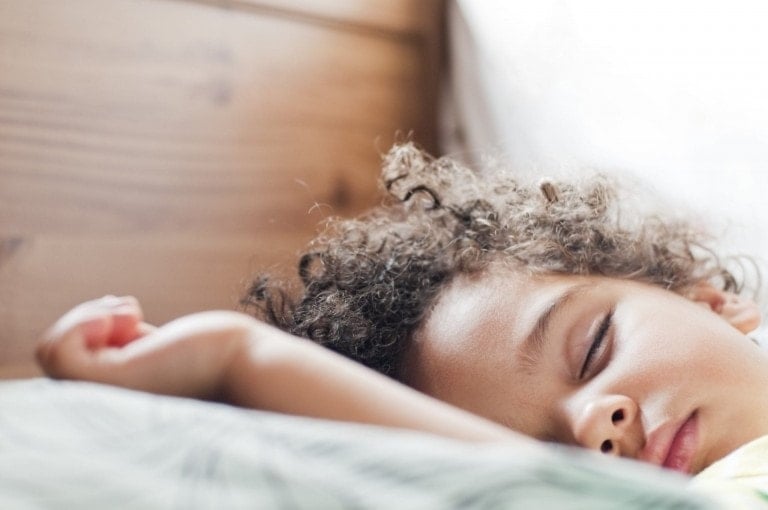As parents, we want nothing more than to raise healthy and happy children. Many parents express concerns about peer relationships and how to handle things if someone bullies their child. But what if you found out your child is bullying others? It’s unsettling, and the first instinct can be denial, anger, fear, or sadness about what it might mean or how to tackle things. But even the most well-mannered children might engage in bullying behavior, which doesn’t mean they are bad, or you are a terrible parent.
Children demonstrate a range of behaviors when they are growing and developing. They are figuring out who they are, where they fit into the world, and how to manage interactions, communication, and relationships.1 Kids’ skills in friendships can indicate general mental health and well-being. While not an excuse for bullying behavior, verbal or physical bullying can mean a child is experiencing distress, depression, anxiety, or challenges in regulating their behavior and emotions.2
Signs That Indicate Your Child May Be a Bully
Tackling things head-on is the only way forward, as bullying is not a behavior or way of managing peer relationships or conflict that we want to encourage in our kids. But before we address bullying, what should you be on the lookout for?
Aside from reports from school, childcare, other parents, or children, here are some signs to look for that may indicate bullying behavior in your child:
Lack of Empathy
When children don’t understand how others feel, it’s pretty hard to see how their behavior might influence or impact other people.3
Emotional Dysregulation
Children who can’t fully regulate or manage their emotions may lash out or engage in inappropriate behavior, which may impact people around them.
They Have Been Bullied
If a child is being bullied at school or home, they may try to re-assert their sense of power by engaging in bullying themselves.4
Pre-occupied By Popularity
When a child wants to fit in, they may try to assert their place in the social pecking order.
Using “Exclusive” Language
Another warning sign is when children use language inclusive to the “in group” or majority group, or group they belong to, and less tolerant language or understanding of other groups they aren’t a part of or don’t understand. They might use racially or gender-oriented language or words like “weirdo” or “loser.”
What to Do If You Think Your Child is a Bully
Do Not Shy Away from the Conversation
Thinking of your child as a bully can be uncomfortable, but avoiding the conversation won’t make things go away. Be direct and show interest in hearing your child’s side of the story. For example, you could tell them, “Today I spoke with Mr./Mrs. (insert name) and they mentioned you were involved in bullying behaviors. I’m a bit worried and want to find out what happened. Can you tell me what was going on?” Try to see things from their point of view, what’s driving their behavior, or what needs they are trying to meet.
Do Not Engage in Shaming
Try and ensure that this conversation comes from a perspective of curiosity rather than shame or punishment. I’m not saying that there wouldn’t be consequences for their actions, but if our children feel ashamed, they may feel pressure to lie to keep themselves emotionally safe. So, we want to address things from trying to find out what’s going on for them and seeing change and adaptation as a learning opportunity for your child.
Look Inward
Reflect honestly on your family dynamics, including how you engage with your child. Children exposed to aggressive or intimidating interactions in the home are more likely to engage in similar behaviors with their peer groups. Do family members use put-downs or name-calls? Or even makes jokes about different groups of people? You don’t need to be perfect but try to foster a home environment that reflects the behaviors you want to see in your child.
Ways to Help Your Child Grow
Build Their Self-Esteem
If your child is bullying because of low self-esteem, it’s vital to build up their confidence and positive sense of self. This can include intentionally finding and acknowledging things they are doing well. Setting them little projects to complete can increase self-esteem because they feel good that they can achieve and accomplish something.
Give Them Some Control
Sometimes children bully because they don’t feel in charge of things, or if they have been bullied, they may feel like their own sense of power has been taken away. Give them opportunities to feel in control in healthy ways, like choosing the dinner menu and cooking with you, picking their clothes, planning a family outing, arranging the snacks, or deciding on board games you might play.
Practice More Appropriate Behaviors
Help your child learn new skills to navigate tricky social settings. If they are bullying others because they can’t regulate their emotions, it might be best to help them learn strategies for managing big feelings and calming techniques, such as pausing, taking deep breaths, walking away, or problem-solving. If they have trouble navigating social situations, you might want to practice how they could manage things instead, helping them by practicing kind and helpful words and behaviors.
Give Meaningful Consequences
Anytime you consider using a consequence, it needs to be linked to the problematic behavior. Things like banning them from watching TV might not have a direct correlation, but if your child is engaging in cyberbullying, removing access to technology until they can demonstrate acceptable behavior might be a good match. Essentially, we want our children to make a clear connection between actions and consequences.
Fix Things!
If your child has made a mistake, they must learn how to rectify and resolve things. Reparation might take many forms; it could be a direct apology or intentionally including the child they bullied in a social activity. We must remove the shame by helping them see how they can fix things.
Increase Their Empathy
This means considering the feelings of others and understanding other people’s perspectives.4 Read them books with diverse characters to help gain perspective. Or, when watching shows, ask them how they think certain characters are feeling and why. You can also share your own emotions and name your child’s feelings when you see them displayed. These are just a few ways to start getting your child to be aware of others which will help them see how their bullying behavior might impact people around them.
It’s essential to match coping strategies with the underlying reason for bullying behaviors developing in the first place. Exploring and identifying your child’s concerns is the number one place to start. Once you know more, you can begin implementing some of the mentioned strategies. However, it is essential to seek support from your education provider or health professional if things aren’t improving or they are displaying symptoms of depression, anxiety, or other mental health condition. The most important thing is to get help for you and your child so that they can grow in a positive direction.































